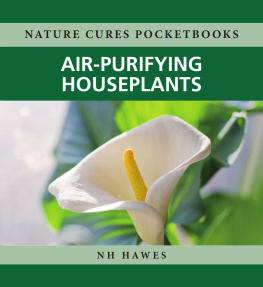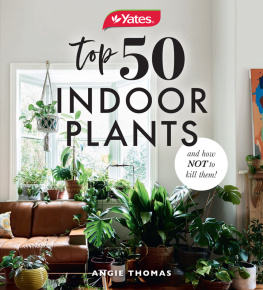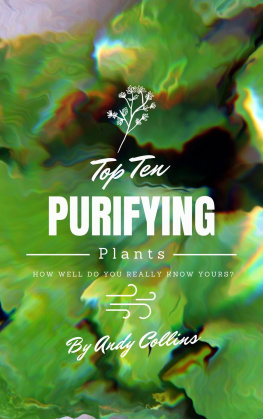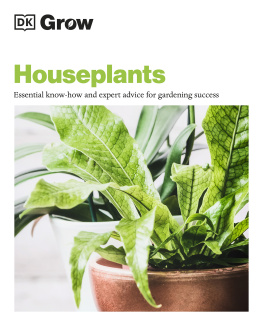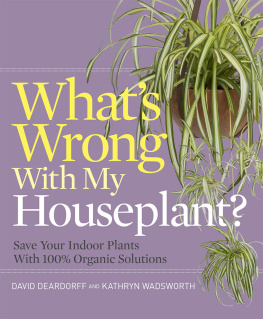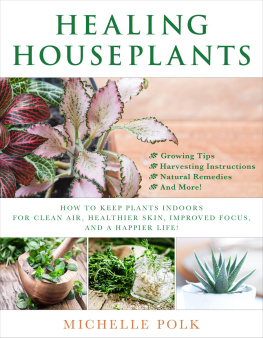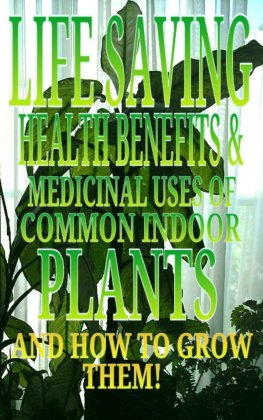Solvents in glues, paints and varnishes commonly used in the production of carpets, drywall (plasterboard) and pressed wood furniture, such as toluene and formaldehyde, are pollutants in most homes. Over 40 volatile organic compounds (VOCs) have been identified that come from modem appliances such as computers, monitors and televisions. The detrimental effects of indoor air pollution have been associated with a 74 per cent increase in asthma between 1980 and 1994 and children under the age of five in the United States have experienced an increase of 160 per cent. Studies have shown that reduced ventilation and increased energy efficiency in modem buildings and homes may be responsible for this.
There has been a fivefold increase in asthma in Taiwan over 20 years; and a 30-fold increase in the condition in medical facilities in Japan over 30 years. Likewise, 15 per cent of the population of Australia, New Zealand and the Pacific Islands now suffer from asthma. Indoor air pollution has also been linked to increased prevalence of Parkinsons disease, brain tumours, other nervous system disorders multiple chemical sensitivity and skin disorders.
The chemicals below can build-up in the system and produce many health issues after prolonged exposure, especially for those who are unwell, elderly or very young whose body cannot easily eliminate toxins from the system. Those leading a sedentary lifestyle are also at risk as physical activity helps the body to decontaminate itself.
The A to Z of plants that can help against them generally and/or specifically starts on page . As noted already, all houseplants are potentially beneficial but only the 29 in the A to Z have been systematically researched.
Ammonia
Ammonia is found in refrigerators, cleaning products, dyes, fertilisers and textiles and can cause asthma, lung damage, rapid weak pulse and restlessness.
NOTE: Never mix ammonia with bleach. This causes the release of toxic chlorine gas which can be deadly.
Benzene
Dichlorobenzene and ethylbenzene are found in carpets, detergent, dyes, explosives, furniture, glue, ink, paint, petrol, pharmaceuticals, plastics, rubber and varnishes. Benzene is an irritant to the eyes and sinuses and is also known to cause chromosomal aberrations and leukaemia in humans. Chronic exposure to even low-levels causes drowsiness, headaches, loss of appetite, nervousness, psychological disturbances and diseases of the blood, such as anaemia and bone marrow disease. Acute inhalation of high levels of benzene can cause blurred vision, dizziness, euphoria, headache, irregular heartbeat, liver and kidney damage, nausea, paralysis, respiratory disorders, tremors, weakness and unconsciousness. Repeated skin contact with benzene causes blistering, dermatitis, dryness and inflammation.
Brominated flame retardants
Brominated flame retardants are chemicals that are used to slow down the rate of burning and are now linked to memory loss, low sperm counts, infertility in women, hyperactivity, learning difficulties and skin and nerve problems. They are found in soft furnishings, sofas, carpets, rugs, computer casings, DVD players and mobile phones.
Butane
Butane is used as lighter fluid and in butane torches. It is also sold in small bottles for cooking and may be blended with propane. It is also used as an aerosol propellant. Butane is a euphoric, so it is often abused as an inhalant but is dangerous due to the side effects of asphyxia, cardiac arrhythmia and spasms in the muscles of the airways in the lungs and is the cause of death in 55 per cent of the cases related to inhaling solvents and commonly called sudden sniffers death.

